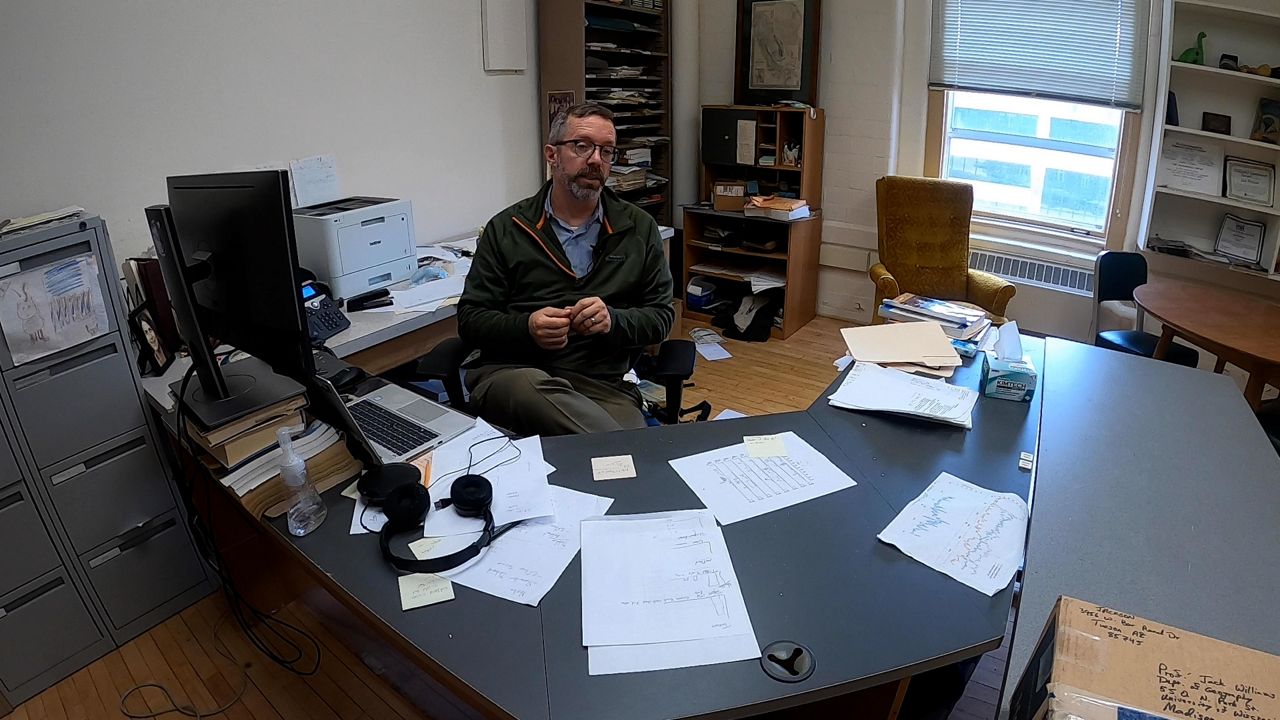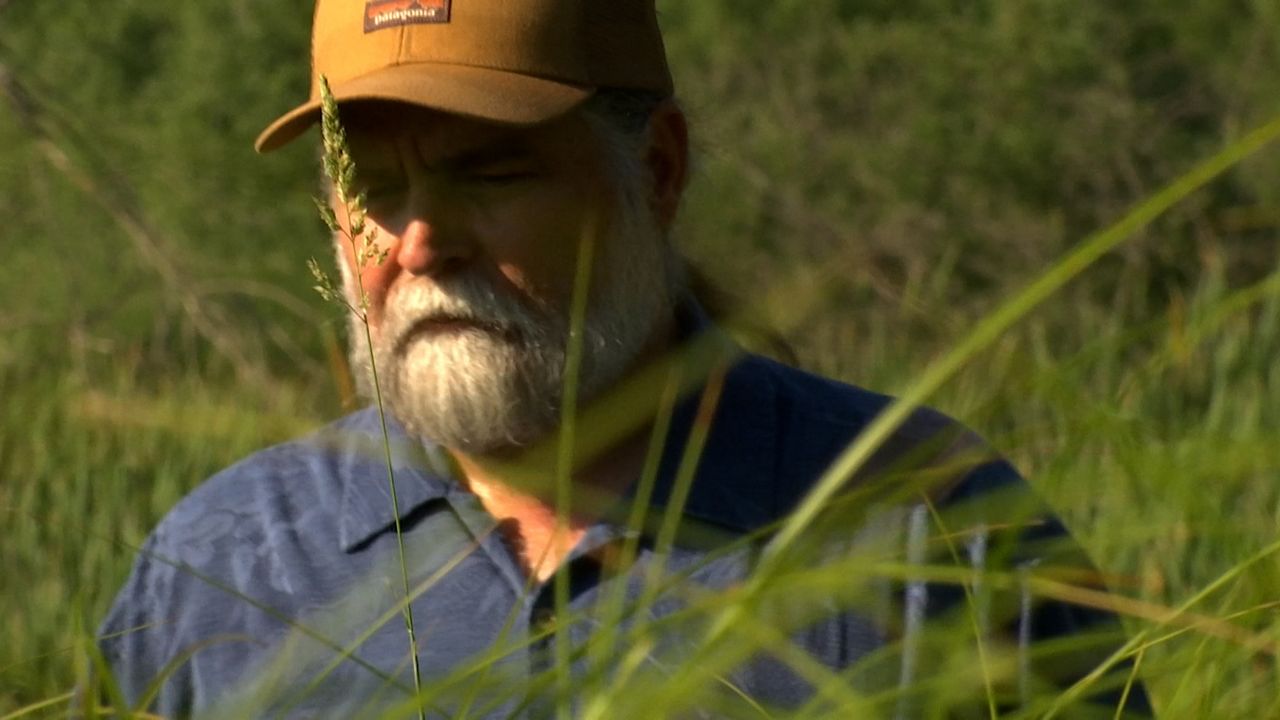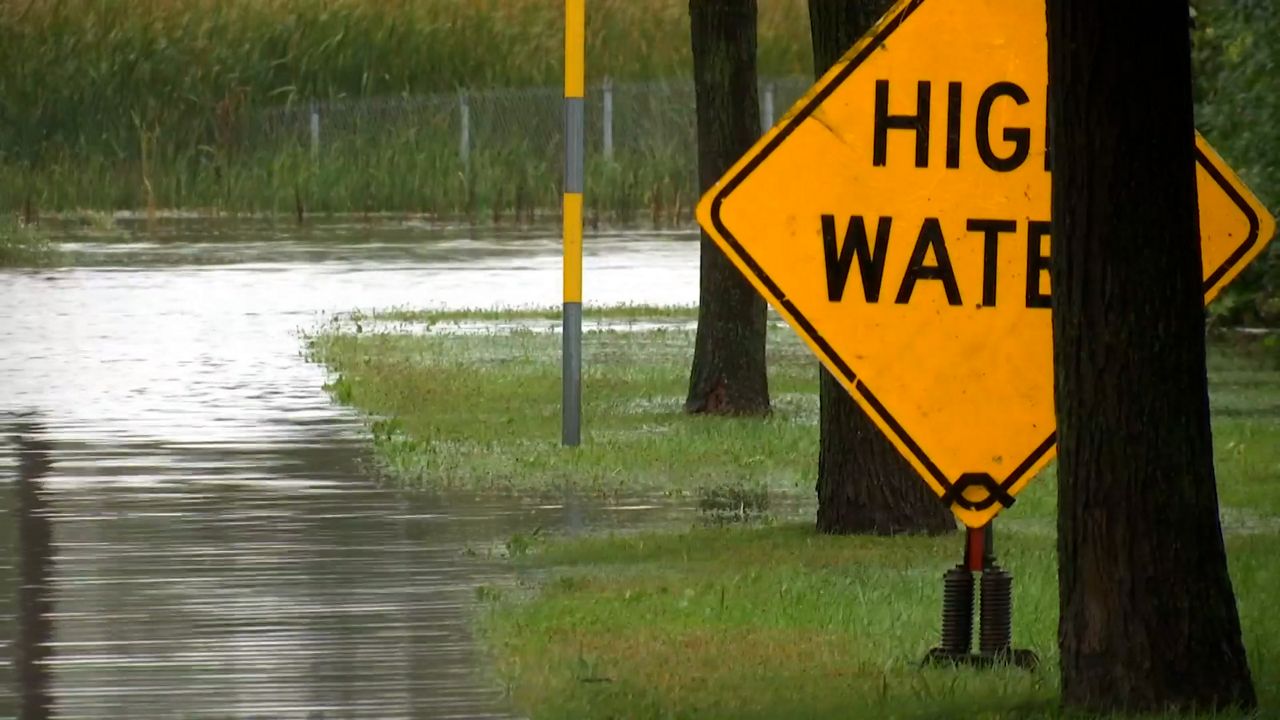MADISON, Wis. — Earth's vegetation is changing as quickly now as it changed at the end of the ice age 10 to 15 thousand years ago according to research in part out of the University of Wisconsin – Madison.
Researchers at UW teamed with scientists around the world to collect data from coring lake sediment and testing the pollen and ash to show types of plants over time.
“The big finding was that there's been a second period of major change, the last three or four thousand years or so,” said Jack Williams, a professor in the UW department of geography and center for climactic research. “The rates of change the last three or four thousand years are as great or greater as what we saw with the end of the last ice age.”

Williams said humans are likely a major factor in that change. The researchers believe widespread low intensity agriculture, coupled with fires and human development have been rapidly changing the makeup of the earth's surface over time.
“Human activity has become so pervasive that we are now ourselves affecting the world around us,” Williams said.
The ice age ended about 10 to 15 thousand years ago. As ice sheets retreated to the poles, it opened up soil for plants to spread to. Research showed vegetation held steady for thousands of years after that, until the last three or so thousand year.
“That has been accelerating ever since, it is not showing any signs of leveling out,” Williams said.
That's evident in places like Wisconsin, where the state has lost about half of its wetlands in the past 100 to 150 years according to the Wisconsin Wetlands Association.
“It's really hard to remove half of your wetlands without some significant problems with other resources, especially water resources,” said Tracy Hames, executive director of the Wisconsin Wetlands Association.

Hames said the state used to have about 10 million acres of wetlands, and most of the loss has been in the southern two-thirds of the state — with some counties losing 80% to 90% of its wetlands.
“We've really altered the way water flows across our landscapes in Wisconsin,” Hames said.
Wetlands help absorb and slow water movement. Without them, in many areas, water flows quickly downstream with heavy rain or runoff events.
“We're flooding areas that never flooded before and a lot of it is because of the alterations that we've incorporated onto our landscape,” Hames said.

Hames said not all development is bad, it's often needed for food growth and cities. However, Hames said it's also clear some of the wetlands need to come back.
Wisconsin Wetlands Association works with communities around the state to strategically place wetlands back on the landscape based on an areas specific issue with water and flooding and where wetlands historically stood. Oftentimes restoring wetlands is a cost effective approach to areas dealing with infrastructure damage from flooding or groundwater issues.
“Things are happening and I think the science is moving along, the communities are moving along and our decision makers are really starting to understand the importance of wetlands for managing our water resources now, so yeah, of course I'm optimistic,” Hames said.
Williams said he's also hopeful that the rapid vegetation change his research has shown can be slowed, or even reversed in some cases.
“We are clearly living in a world that's transforming around us right now and we are agents of that transformation,” Hames said. “That can be alarming, it can also mean we have the power to affect that change.”



